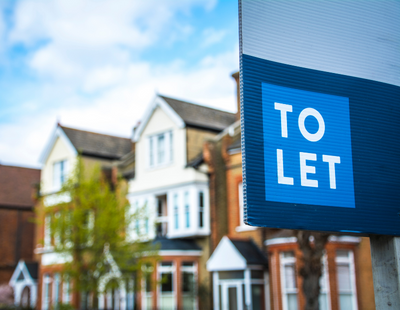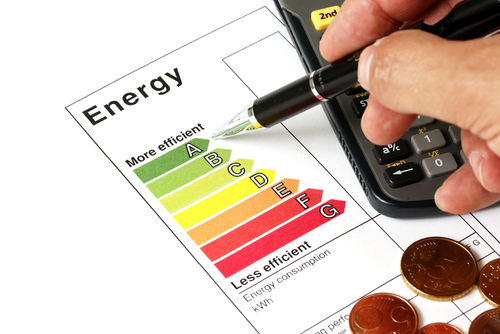
A major property industry supplier claims that the housing sector could meet government targets to improve the Energy Performance Certificate ratings for homes.
Landmark Information Group says that out of the properties that have a valid EPC, some 55 per cent currently fall below the target of band C, and if all suggested changes recorded in the EPC were made to properties – switching to low-energy light bulbs, adding wall insulation, installing double-glazed windows, and switching to condensing boilers – 91.5 per cent of them could meet the target of band C or better.
However, Landmark concedes that whilst the analysis of EPC data suggests it would be possible, there are other factors to consider including planning constraints, conservation areas and budgets, which means it would be challenging for the sector to achieve.
The findings of a report by the supplier show that the cost of improving ratings varies depending on the current rating of each property. The average cost of £39,381 to uplift an extremely inefficient property from band G to band C equates to nearly 11 per cent of the average current value of a property.
Through the requirement of valid EPCs when properties change hands, property sales can help to drive change. However, given that approximately 1.1m transactions took place in 2022, and assuming sales continue at the same annual rate, it would take 18 years to retrofit the estimated 20 million properties with an EPC rating below band C.
A Landmark spokesperson says: "In the quest for a more energy-efficient future, the path is marked with challenges. While 91.5 per cent of properties show potential to reach higher EPC ratings, the real question remains ‘how?’.
“With a significant percentage of homes lacking EPCs and a daunting task of upgrading millions from low bands to C, doubts linger on the industry's capacity to meet government targets. The hope for a sudden surge of change raises questions of sustainability, while the confidence in legislative timelines and the finite nature of the retrofit market pose substantial hurdles.
“Bridging the gap between potential and reality demands not just ambition but a strategic and sustained effort, as the clock ticks towards an uncertain 2035 deadline."





.jpg)







%20-%20IMAGE%20Client%20Accounting%20%E2%80%93%20what%20are%20your%20options.jpg)









Join the conversation
Be the first to comment (please use the comment box below)
Please login to comment